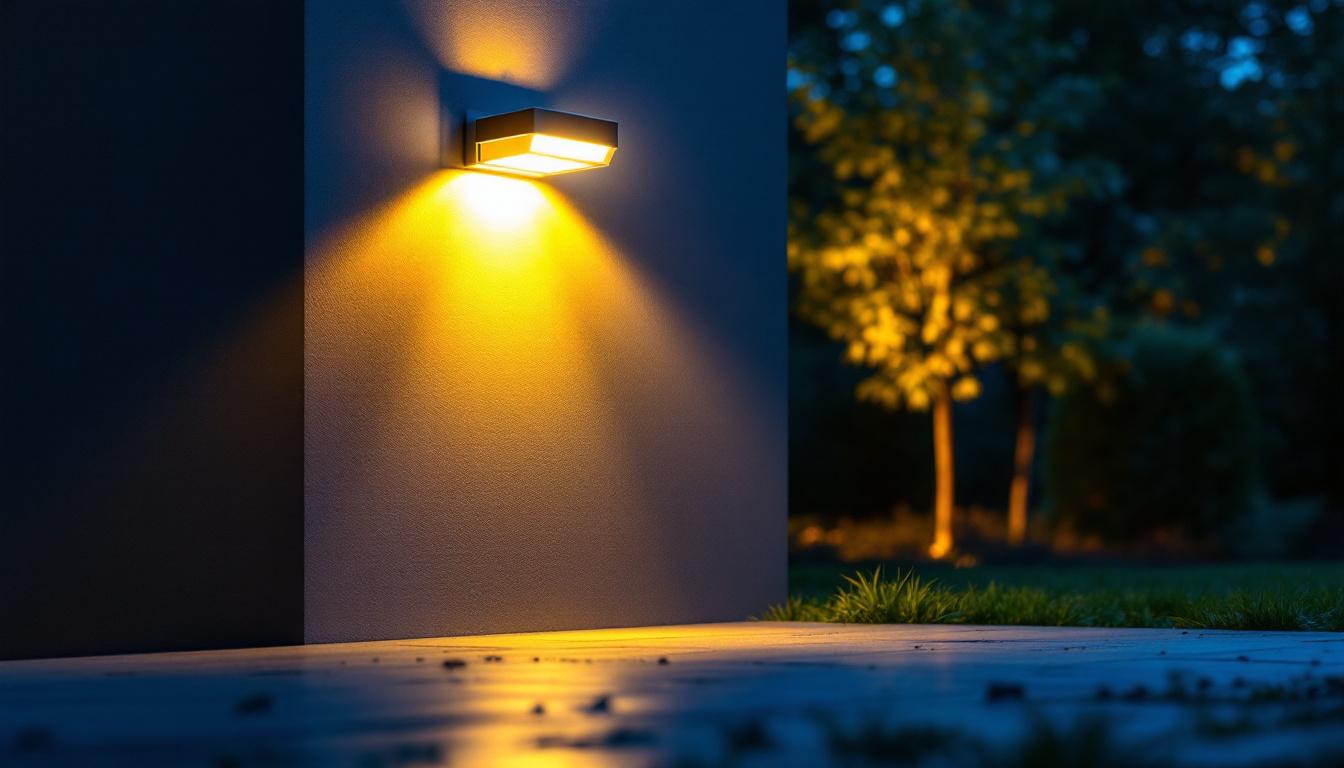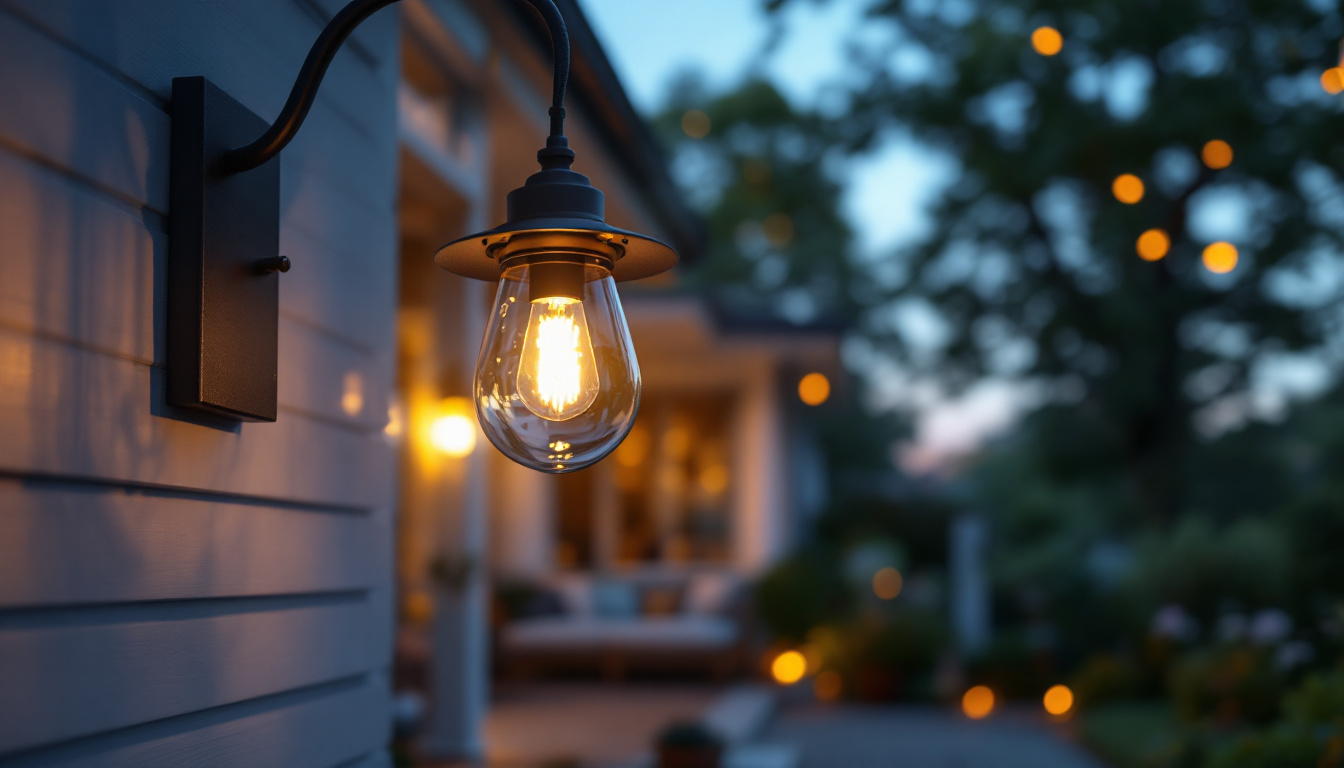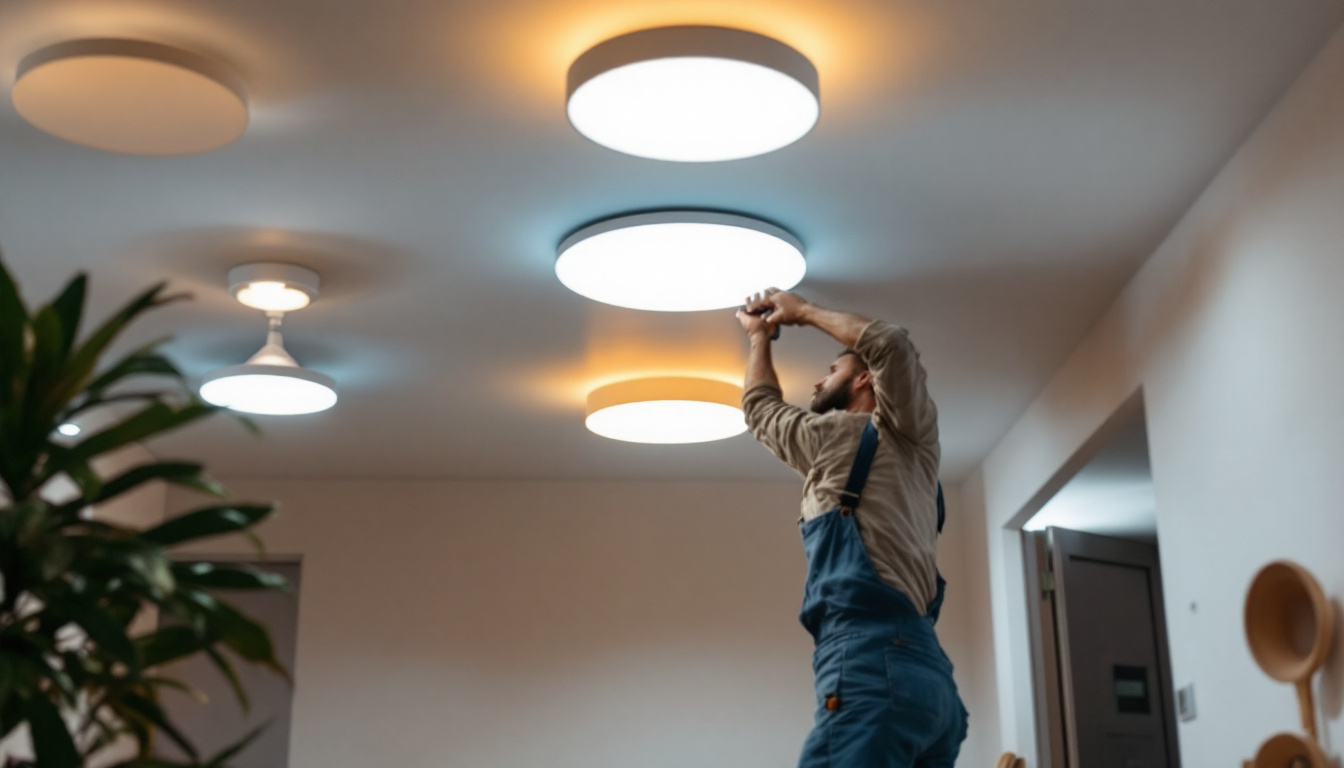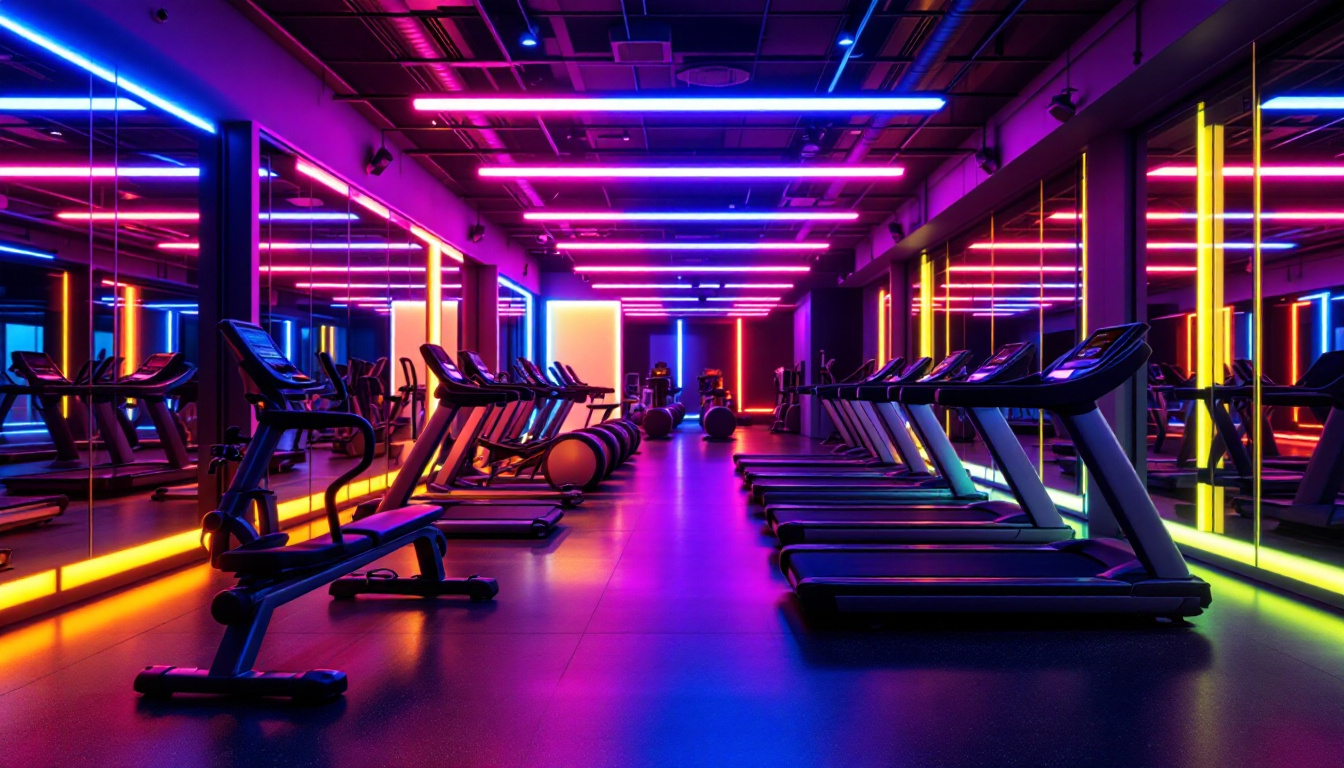
As outdoor security becomes increasingly important for homeowners and businesses alike, the demand for effective and reliable outdoor security lighting has surged. For lighting contractors, understanding the nuances of outdoor security lights is essential to provide clients with the best solutions. This article serves as a comprehensive checklist for lighting contractors, detailing the best outdoor security light options available, along with critical considerations for installation and maintenance.
Outdoor security lighting serves a dual purpose: enhancing safety and deterring criminal activity. By illuminating dark areas, these lights not only make it easier to navigate outdoor spaces but also increase visibility, which can discourage potential intruders. When selecting outdoor security lights, contractors must consider various factors to ensure optimal performance and client satisfaction. Properly designed lighting can create a sense of security for homeowners and businesses alike, transforming dark and potentially hazardous areas into well-lit, inviting spaces.
Moreover, the strategic placement of outdoor security lighting can significantly enhance the aesthetic appeal of a property. By highlighting architectural features, landscaping, and pathways, these lights can create a beautiful ambiance while serving a practical purpose. In addition to safety and aesthetics, outdoor lighting can also improve the functionality of outdoor spaces, allowing for evening gatherings and activities, which can be particularly beneficial for families and communities.
There are several types of outdoor security lights, each with its unique features and benefits. Some of the most common include:
When selecting outdoor security lights, certain features can significantly impact their effectiveness:
Additionally, smart technology is becoming increasingly popular in outdoor security lighting. Many modern fixtures can be integrated with home automation systems, allowing homeowners to control their lights remotely via smartphone apps. This feature not only enhances convenience but also allows for customizable lighting schedules and the ability to simulate occupancy, further deterring potential intruders. As technology continues to evolve, the options for outdoor security lighting will only expand, providing even more innovative solutions for safety and security.
Proper installation is crucial for the effectiveness of outdoor security lights. Lighting contractors must adhere to specific guidelines to ensure optimal performance and safety.
Choosing the right location for outdoor security lights is vital. Lights should be installed in areas that require illumination, such as entryways, pathways, and dark corners. Additionally, the height and angle of installation can influence the light’s effectiveness:
Furthermore, it’s important to consider the surrounding environment when determining placement. For instance, installing lights near trees or shrubs can create shadows that may hinder visibility. Additionally, be mindful of potential obstructions such as fences or garden structures that could block the light’s path. In high-traffic areas, it may be beneficial to use motion sensor lights that activate when movement is detected, providing both convenience and added security.
For hardwired lights, ensuring proper wiring is essential. Contractors should follow local electrical codes and guidelines to guarantee safety. For solar-powered options, it’s crucial to position the solar panels in areas that receive adequate sunlight throughout the day.
Moreover, when selecting the type of power supply, consider the energy efficiency of the lighting fixtures. LED lights, for example, are not only long-lasting but also consume significantly less energy compared to traditional incandescent bulbs. This can lead to substantial savings on electricity bills over time. Additionally, integrating smart technology can enhance the functionality of outdoor security lights, allowing homeowners to control lighting remotely through their smartphones, set schedules, or even receive alerts when motion is detected, thereby providing peace of mind and a higher level of security.
Regular maintenance is necessary to ensure outdoor security lights remain functional and effective. Contractors should advise clients on the best practices for maintaining their lighting systems.
Outdoor lights can accumulate dirt, dust, and debris, which can hinder performance. Regularly cleaning the fixtures and checking for any signs of wear or damage is essential. Consider the following maintenance tips:
In addition to the basic cleaning and inspection, it’s important to pay attention to the surrounding environment. Overhanging branches or nearby shrubs can obstruct light, reducing visibility and effectiveness. Regularly trimming back foliage not only enhances the performance of the lights but also prevents potential fire hazards. Furthermore, ensuring that the area around the fixtures is clear of debris, such as leaves and snow, can prevent water accumulation and electrical issues, which are critical for maintaining safety and functionality.
Over time, bulbs may dim or burn out. Contractors should recommend energy-efficient LED bulbs, which not only last longer but also consume less energy. Upgrading to smart lighting systems can also enhance security features, allowing for remote control and scheduling.
Moreover, clients should be informed about the different types of smart lighting options available, such as motion-sensor lights that activate when movement is detected, or lights that can be programmed to mimic occupancy when homeowners are away. This not only deters potential intruders but also adds an extra layer of convenience for the homeowner. Additionally, integrating outdoor lights with home security systems can provide real-time alerts and monitoring, making it easier to manage security from anywhere. Such advancements in technology not only improve safety but also contribute to energy savings and environmental sustainability.
With numerous options available, selecting the right outdoor security light can be daunting. Contractors should consider the specific needs of their clients and the environment in which the lights will be installed.
Understanding the unique requirements of each client is crucial. Some may prioritize energy efficiency, while others may seek maximum brightness or specific design aesthetics. Conducting a thorough assessment can help in recommending the most suitable lighting solutions.
The environment plays a significant role in determining the type of outdoor security light to install. Areas prone to extreme weather conditions may require more robust and weather-resistant fixtures. Additionally, local wildlife considerations should be taken into account to avoid disturbing natural habitats.
As technology advances, outdoor security lights have evolved to include various advanced features that enhance their functionality.
Smart outdoor security lights can be integrated with home automation systems, allowing users to control lighting remotely via smartphones or tablets. Features such as scheduling, dimming, and motion detection can significantly enhance security and convenience.
Some outdoor security lights come equipped with built-in cameras, providing an added layer of security. These lights can capture video footage and send alerts to homeowners when motion is detected, allowing for real-time monitoring of the property.
Even experienced contractors can make mistakes when installing outdoor security lights. Being aware of common pitfalls can help ensure a successful installation.
While it may seem beneficial to illuminate every corner of a property, over-illumination can create glare and reduce visibility. Instead, focus on strategically placing lights to enhance safety without overwhelming the space.
Local regulations regarding outdoor lighting can vary significantly. Contractors should familiarize themselves with any restrictions or guidelines to avoid potential fines or complications.
Outdoor security lighting is a critical component of any security strategy, providing safety and peace of mind for homeowners and businesses. By understanding the various types of lights, installation considerations, and maintenance practices, lighting contractors can offer valuable services to their clients. As technology continues to advance, staying informed about the latest features and trends will ensure that contractors remain competitive in the ever-evolving lighting industry.
Ultimately, the best outdoor security light is one that meets the specific needs of the client while ensuring optimal performance and durability. By following this checklist, lighting contractors can confidently recommend and install outdoor security lights that enhance safety and security in any environment.
Ready to elevate your lighting solutions with the best outdoor security lights on the market? Look no further than LumenWholesale, where we provide contractors with the highest quality, spec-grade lighting products at unbeatable wholesale prices. Our extensive selection is designed to meet the highest industry standards, ensuring you deliver reliable, high-performance lighting for every project. Plus, with free shipping on bulk orders, you can enjoy premium lighting at the best value — without hidden fees or compromises. Don’t miss out on the perfect blend of quality, affordability, and convenience. Visit LumenWholesale today and experience Wholesale Lighting at the Best Value for your next installation.

Discover the ultimate guide for lighting contractors on selecting the perfect LED T8 tube lights.

Illuminate your expertise with our comprehensive guide on hanging porch lights, tailored specifically for lighting contractors.

Illuminate your projects with precision using our comprehensive guide on ceiling can lights.

Discover how LED gym lighting is revolutionizing the lighting industry with its energy efficiency, cost-effectiveness, and enhanced performance.